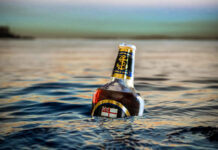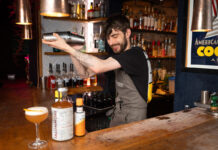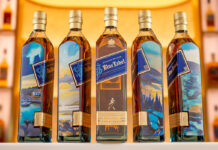A new group of consumers is using purchases to drive change

SOCIAL progression, sustainability and ethical business practices are among the biggest factors driving the purchasing decisions of a new group of consumers, according to William Grant & Sons.
The Scottish drinks firm’s annual Market Report hailed the rise of a new type of consumer – dubbed the “active-ist”.
The moniker was used to describe consumers who use their purchasing choices to drive social progression.
Trends prevalent in the group include a commitment to exploring the ethical and sustainability ramifications of the food and drink they are buying.
Digital media is key to helping these consumers identify the right brands and products for them.
William Grant & Sons marketing director, Caspar MacRae, said: “Our extensive research and analysis led us to coin the phrase ‘The Active-ist Consumer’ for a new generation which is incredibly aware of its collective consumer power and its ability to drive change at scale and pace.
Brands need to innovate and adapt to ensure they meet the needs of this discerning group.
“From the #MeToo movement to single-use plastics, these consumers are determined to make very different choices to positively impact their world.
“With a very real level of expectation, brands and organisations will need to continuously innovate and adapt their experiences, ingredients and communications to ensure they meet the needs of this very discerning and powerful group.”
Elsewhere, gin, spiced rum and single malt were said to be the big winners in Scotland’s bars and pubs in the course of the past year.
The report stated that, although overall spirits sales in the Scottish on-trade were growing slower than in the UK as a whole, gin and spiced rum, in particular, had seen considerable growth in sales north of the border, up 23.4% and 9.4% respectively.
Scottish outlets also performed stronger in terms of whisky sales per outlet, with average whisky sales of £14,173 per year compared to an average of £9562 in the rest of the UK.
Single malt accounted for this entire difference, with rate of sale said to be 84% higher in Scotland than the rest of the UK.



















